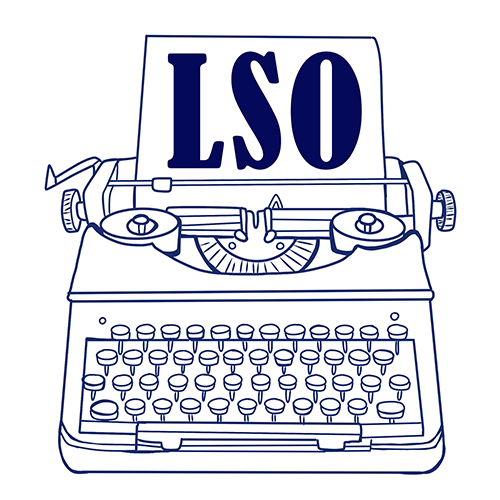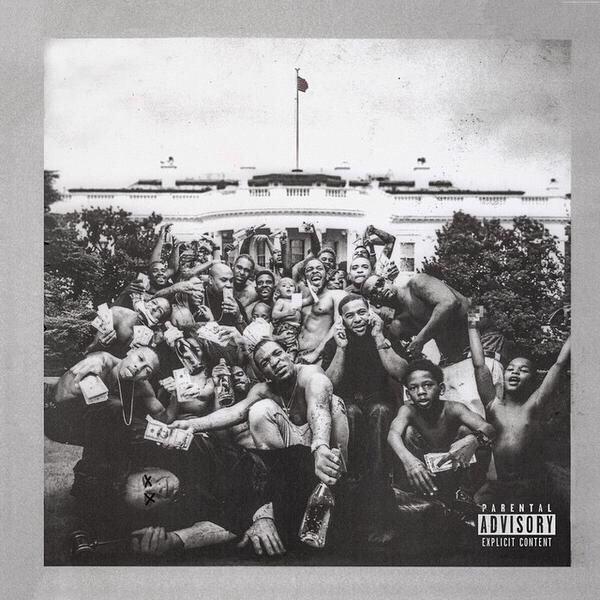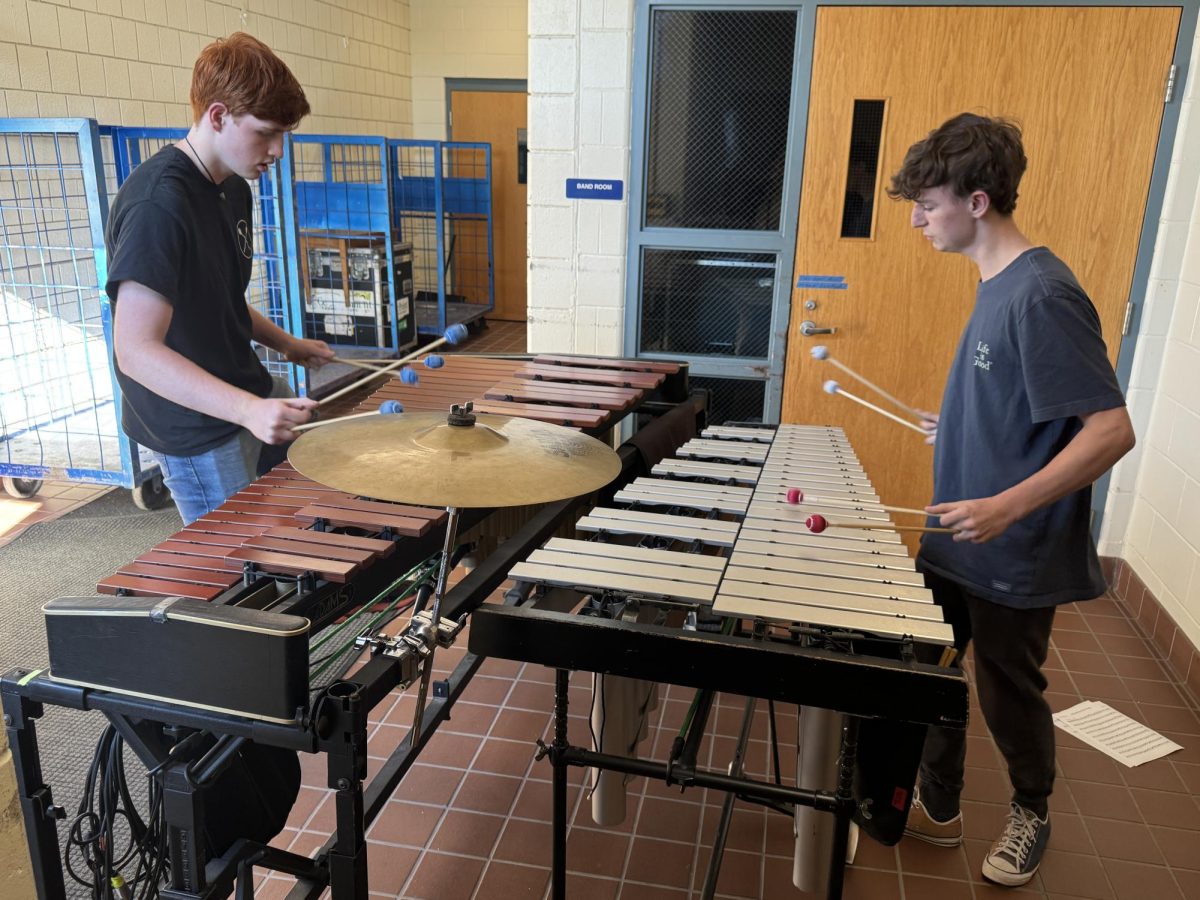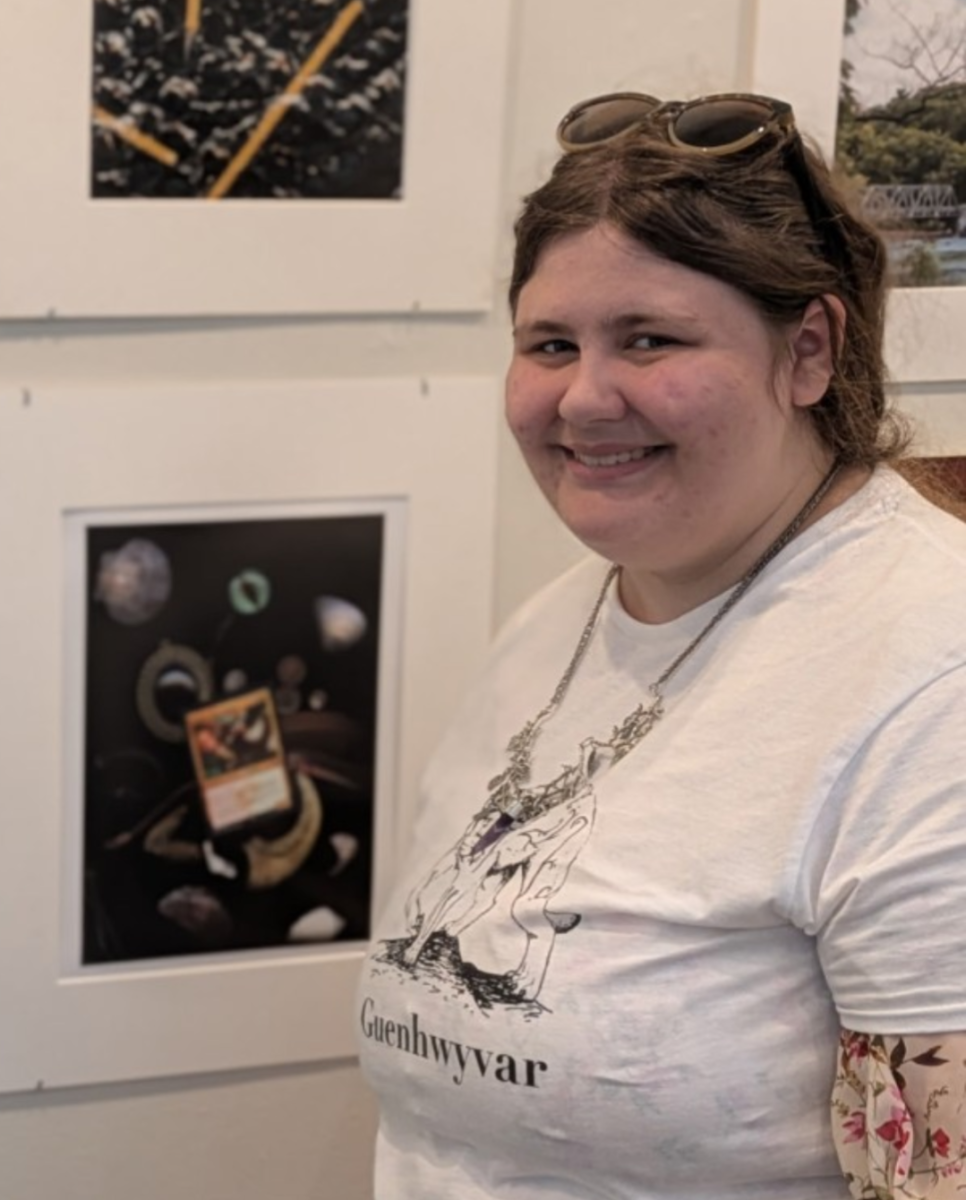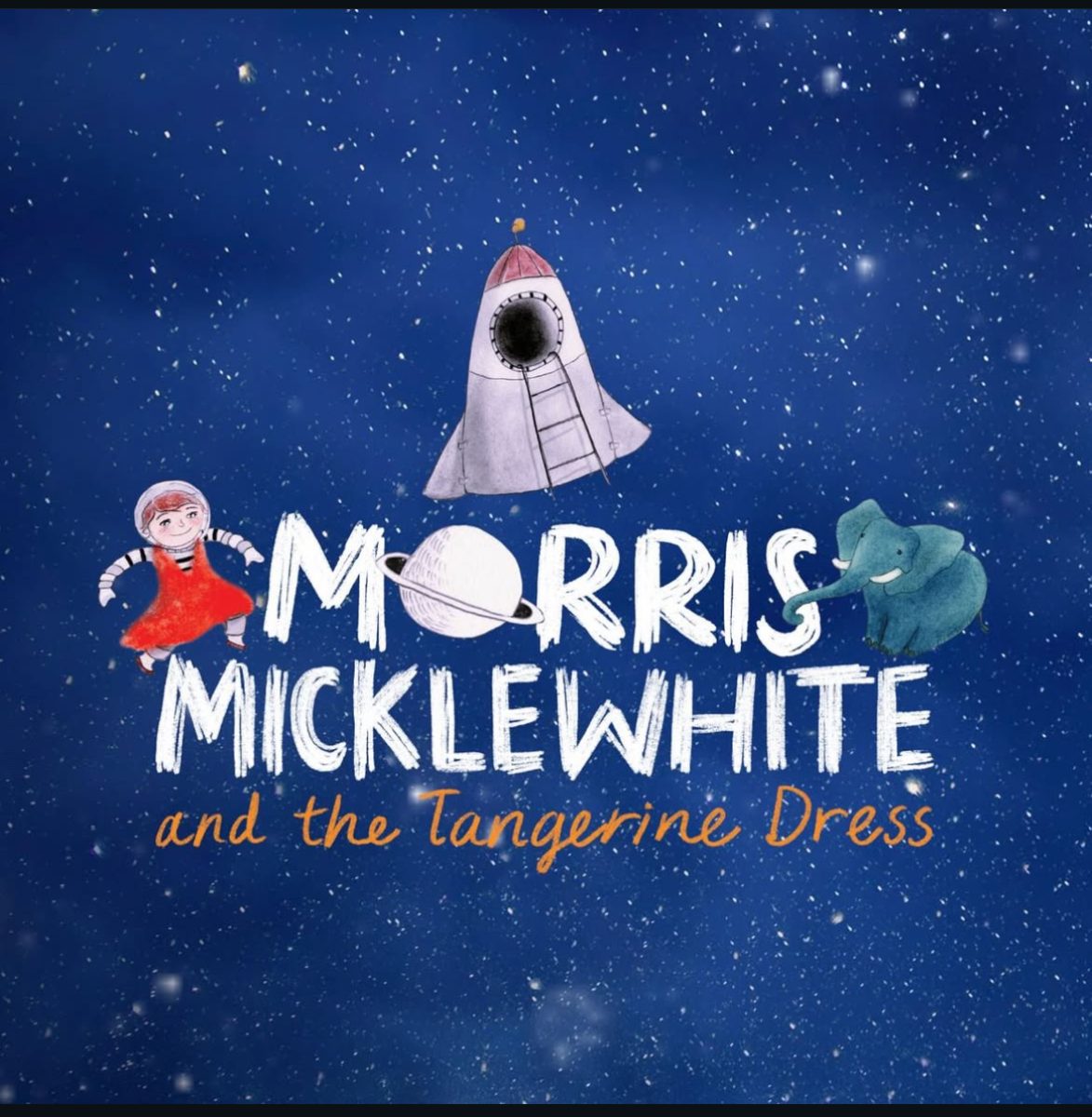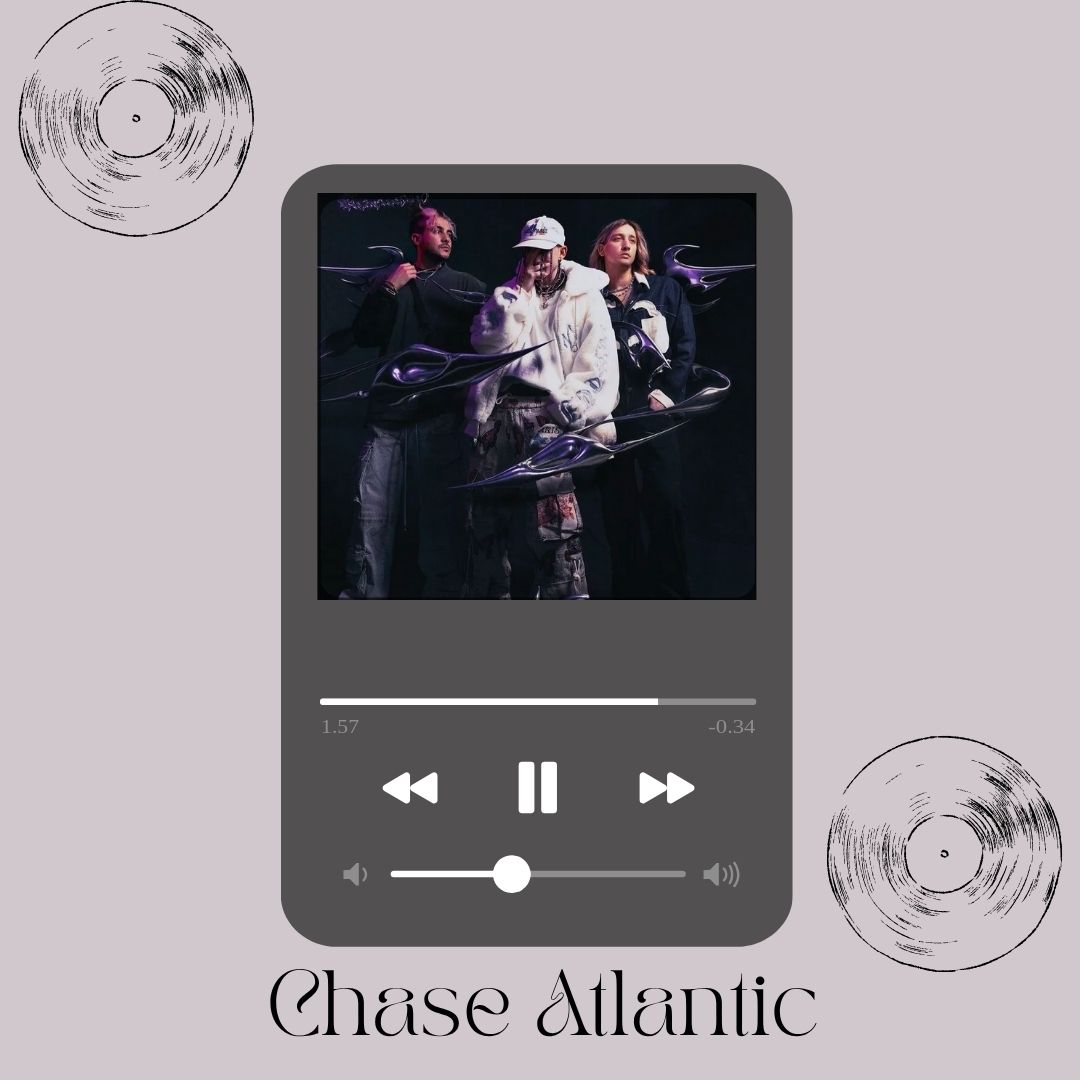From the opening seconds of Kendrick Lamar’s To Pimp a Butterfly, it aims to separate itself from its acclaimed predecessor.
Whereas good kid, M.A.A.D. city opens with a cassette tape being inserted unceremoniously into a stereo, To Pimp a Butterfly begins with the elegant pops and crackles of a record needle gliding across blank vinyl.
From that moment onward, TPAB creates for itself and the listener a rich, multifaceted universe of sound and message that never loses its intensity over its eighty minutes.
That first track, the Flying Lotus-produced “Wesley’s Theory,” establishes the dramatic new direction that Kendrick has taken on this new release.
Kendrick has acknowledged that inevitable GKMC comparisons his followup would receive, and opted instead to break new ground.
The overarching theme of the album takes an objective, insider’s perspective on what it means to be black in America in the year 2015, and to do that, Kendrick pulls in influences from every genre of “black” music, from jazz and funk to soul and Jamaican dancehall. GKMC was straight West Coast hip-hop; To Pimp a Butterfly is Bitches Brew by way of Maggot Brain by way of All Eyez on Me.
Lyrically, Kendrick is as impressive as ever. As its title suggests, To Pimp a Butterfly focuses on the appropriation of black culture to push an agenda or turn a profit – essentially corrupting something natural. From Marcus Garvey to Trayvon Martin, he weaves an intricate thread about life, love, and hate in black America. But the album is not limited to these broad topics. The introspection is just as vital to the album as the social commentary.
“i,” a relentlessly upbeat song about self-love over an Isleys cut most recently heard pushing Swiffer mops, contrasts sharply with its companion piece, “u.” Brass, frenetic and frightening like a long-lost Coltrane spasm, spars with a funky rhythm guitar track straight off The Payback as Kendrick spits venomous self-indictment before breaking into Hennessy-soaked tears as the song draws to a close. If “i” is the happy, NBA-on-ESPN commercial break song, “u” is the sound of bitter postgame-locker room defeat.
Perhaps the central piece of the album is its second single, the savagely aggressive “The Blacker the Berry.” Thematically, it explores the parallels between institutional racism and gang culture and black-on-black crime, and how both have an equally negative effect on the black community. Blaming one over the other is an act of hypocrisy, an act that Kendrick admits he is just as guilty of. The song’s final line, a closer so powerful that to print it here would lessen its impact upon first listen, sums up the frustration that permeates To Pimp a Butterfly to great effect.
The final track of the album, “Mortal Man,” ends on what is one of the landmark events in hip-hop history. Kendrick splices quotes from Tupac Shakur together with his own dialogue, creating a conversation between the two giants that cements the undeniable connection between them. It’s a torch-passing moment, an exchange of thoughts and ideas between the old guard and the new, and the out-of-nowhereness of it is staggering.
To Pimp a Butterfly will be a polarizing album. The experimental, genre-defying nature of the piece will alienate those who expected another good kid, M.A.A.D. city, but those who can appreciate the nuance of the story Kendrick Lamar has put together on this album will recognize its brilliance, and see it as a followup that lives up to its forebears with aplomb.
10/10
